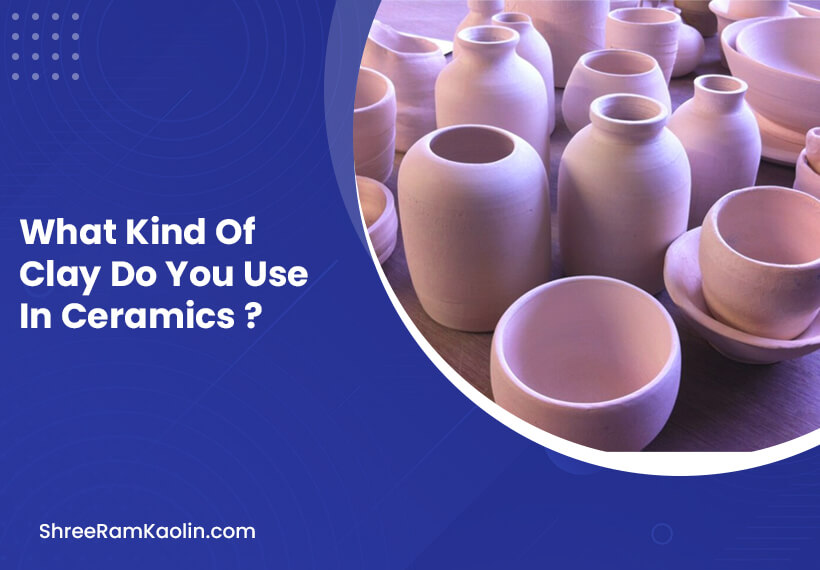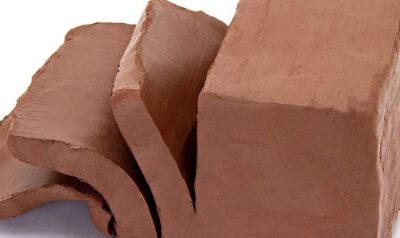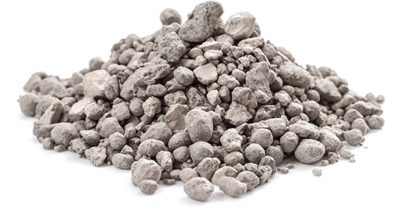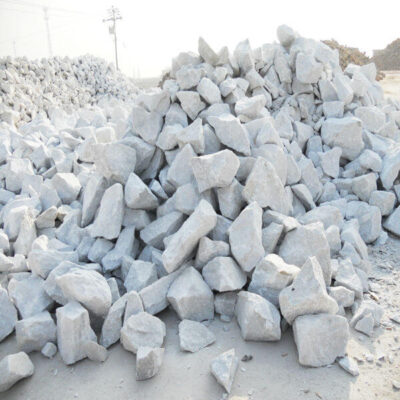What Kind Of Clay Do You Use In Ceramics ?

Ceramics starts with one magical ingredient-clay! However, not all clays are equal: whether you are new to pottery or an experienced artist alike, choosing the appropriate clay type could make or break your creation. Let’s dive deeper into ceramics’ intriguing world and examine different kinds of clay types along with their properties as we discuss which might work best for your project!
What Makes Clay Suitable for Ceramics
Clay is not simply dirt – it is an incredible material capable of turning from malleability into durable works of art. Clay’s beauty lies in its particle size, plasticity and mineral makeup – think of clay particles like tiny flat plates that slide across each other when wet allowing its characteristic flexibility to take form.
Chemical Composition of Ceramic Clay
Ceramic clay’s appeal lies in its key ingredients: silica, alumina and water. Similar to any recipe requiring the correct combination of ingredients for success, ceramic clay needs an adequate balance between these components to perform effectively during both its forming and firing stages.
What Kind Of Clay Do You Use In Ceramics ?
Primary Types of Ceramic Clay
Earthenware Clay

Imagine working with the same material used by ancient civilizations over millennia ago – that’s earthenware clay! Firing at lower temperatures (1,828degF-2,088degF), earthenware is ideal for beginners looking to start creating decorative tiles or flowerpots of their own!
Stoneware Clay
Stoneware clay can be seen as the “middle ground,” being neither too refined nor too rough in terms of refinement or roughness. When fired at higher temperatures (2,200degF-2,300degF), this versatile ceramic produces highly durable pieces – much like denim jeans in terms of reliability. It makes an ideal material choice for most projects!
Porcelain Clay
Porcelain clay has earned itself the moniker “queen of clays.” Pure white in hue when fired, porcelain’s translucent properties resemble working with silk instead of cotton when fired – hence why this task requires higher firing temperatures (2,381F-2,455F). But its exquisite results speak volumes!
Ball Clay

Ball clay is the ultimate team player in the ceramic world. While rarely used alone, it’s a crucial ingredient in clay bodies, adding plasticity and workability. Think of it as the binding agent that helps hold everything together.
Kaolin Clay

Kaolin (more commonly referred to as China clay) is the purest form of ceramic clay and provides the basis from which many other bodies such as porcelain are composed. Due to its white hue and high firing temperature, kaolin makes for the ideal material when creating fine ceramic pieces.
Specialized Clay Bodies
Paper Clay
Here’s where traditional meets innovative – paper clay incorporates paper fibers into regular clay bodies, creating a lighter, more forgiving material. It’s perfect for sculptural work and large pieces that would be too heavy with traditional clay.
Raku Clay
Special Properties
Raku clay is the daredevil of the ceramic world, designed to withstand thermal shock. It contains high amounts of grog (fired clay particles) that help it survive rapid temperature changes.
Firing Considerations
The unique firing process of raku requires special attention to temperature control and timing, making it an exciting but challenging choice for ceramicists.
Choosing the Right Clay
Factors to Consider
When selecting your clay, think about your project goals, firing capabilities, and skill level. Just as you wouldn’t use a sledgehammer to hang a picture frame, choosing the right clay for your project is crucial for success.
Skill Level Recommendations
Beginner-Friendly Options
For those just starting their ceramic journey, earthenware and mid-fire stoneware clays offer forgiving properties and reasonable firing temperatures.
Advanced Clay Bodies
As your skills grow, you might want to experiment with more challenging materials like porcelain or specialized clay bodies for specific effects.
Working with Different Clay Types
Preparation Techniques
Success in ceramics often depends on proper clay preparation. Whether wedging, kneading, or reclaiming clay, each type requires specific handling to achieve optimal results.
Storage and Maintenance
Think of clay storage like keeping fresh produce – proper moisture levels and storage conditions are essential for maintaining workability and preventing waste.
Frequently Asked Questions
Can I mix different types of clay together?
Yes, you can create custom clay bodies by mixing different types, but it’s important to ensure all components have compatible firing temperatures.
How long can I store clay before it goes bad?
Properly stored clay can last indefinitely if kept at the right moisture level and sealed from air exposure.
Why does my clay crack during drying?
Cracking usually occurs due to uneven drying rates or excessive thickness in pieces. Using proper drying techniques and working with appropriate thickness can prevent this issue.
Can I fire different types of clay in the same kiln load?
While possible, it’s best to fire similar clay types together as they require similar firing temperatures and conditions.
What’s the best clay type for making functional pottery?
Stoneware is generally considered the best all-around clay for functional pottery due to its durability, versatility, and reasonable firing temperature.
Conclusion
Ceramic clay offers endless opportunities, from earthenware to refined porcelain. Learning more about its different varieties helps you select appropriate material for your projects while expanding your expertise as a ceramicist. Each clay type boasts unique properties and beauty; don’t focus on finding “the best” clay; rather find what suits your personal needs best!

